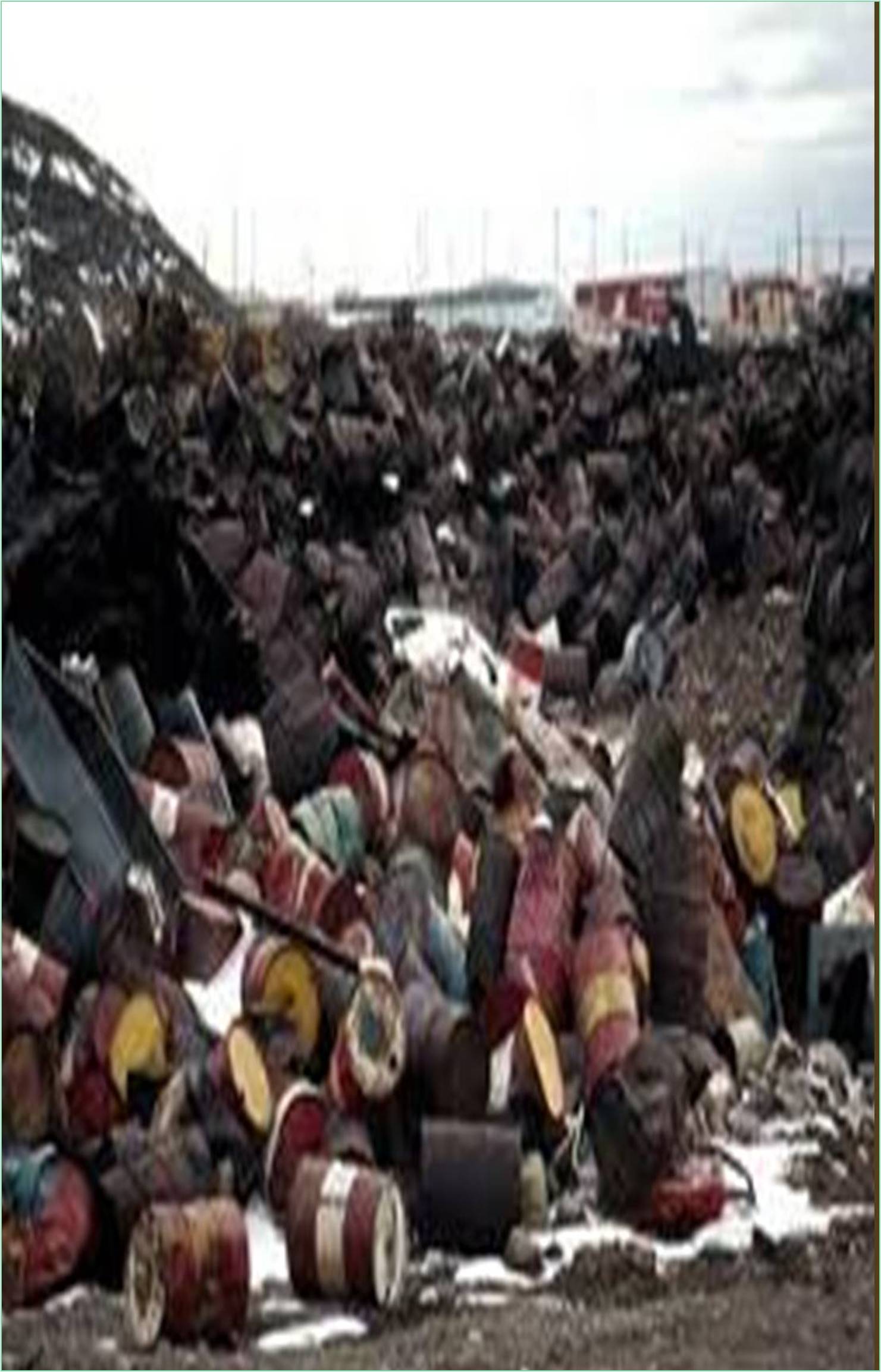



Received: 15-Jul-2022, Manuscript No. GJPHWM-22-72291; Editor assigned: 18-Jul-2022, Pre QC No. GJPHWM-22-72291(PQ); Reviewed: 08-Aug-2022, QC No. GJPHWM-22-72291; Revised: 15-Aug-2022, Manuscript No. GJPHWM-22-72291(R); Published: 22-Aug-2022, DOI: 10.15651/GJPHWM.22.5.022
Eutrophication sets off a reaction in the ecosystem, start with an overabundance of algae and plants. The amount of nitrogen and phosphorus are present in the air and water. The chemicals that include chlorine can react within the environment usually from a wide range of activities then air and water can become polluted.
As The eutrophication requires a combination of preventative measures and control. As the nitrogen in the water body content is introduced by discharging of waste water from industrial sources and livestock. The key strategies that involved in controlling of nutrient pollutant and restore of the damaged ecosystems.
The primary sources of nutrient pollution are fertilizers, sewage treatment plant and power plant emission. It is a widespread problem found in lakes, rivers, and also in other coastal habitats. The massive overgrowth of algae, known as "Algae Bloom". The excessive input of nutrients to water bodies that often results in human activities.
The surface water often results in the destruction of many natural water bodies. The main environmental effects of the eutrophication increases. The excess amount of nitrogen which is common drinking water that is contaminated in agricultural areas and particular risk for the infants who are younger than six months old.
The cause for increases of global in lakes is impacted negatively by nutrient pollution since 1900. The decrease of water clarity and increase in rate of precipitation leads to destruction and alter the structure of ecosystem and also in freshwater habitats. The alteration by increased termed as “Eutrophication”.
The shading of submerged and excessive nutrients can, lead to unwanted weight gain, affect metabolic process and increase in risk of nutritional toxicities. Although benthic for-aminiferans have been widely used as indicators of eutrophication in coastal marine ecosystems, low species diversity and high population densities of several benthic for-aminiferans were reported in eutrophic area.
Discharge of waste water into water bodies: In various parts of the world, and particularly in developing countries, waste water is discharged directly into water bodies such as rivers, lakes and seas. Healthy water bodies contain sufficiently low amounts of contaminants and sufficiently high amounts of Dissolved Oxygen (DO) to support a balance of aquatic life.
Planting of trees helps to reduce the run-off by soaking up stormwater along with the nitrogen. Most of the tree cover will also absorb nitrogen and carbon dioxide in the atmosphere, at the same time releasing the oxygen that both animals and humans require for the survival. Trophic linkages between pelagic and benthic communities are affected by eutrophication in the coastal waters, where the feeding habit of higher consumers such as benthic fish changes to derive high percentage of their energy from pelagic primary production sources.
The chemical precipitation of phosphorous by the addition of iron or aluminum salts or calcium carbonate to the water, which give rise to the precipitation of the respective iron, aluminum or calcium orthophosphates, thereby reducing the negative effects related to the excessive presence of phosphorus in the sediments.
Improvement of the purifying performance of waste water treatment plants, installing tertiary treatment systems to reduce nutrient concentrations.
The prevention and protection action that countries must adopt to safeguard the quality of surface water as requested not only by the scientific community and other experts, but to an increasing extent also by citizens and environmental organisations, is therefore increasing. Natural eutrophication continues as aquatic systems fill in with organic matter. There is an increasing in more number of people living in coastal areas, there are more nutrients entering from the wastewater treatment facilities, from land in urban areas during rains, and from farming.